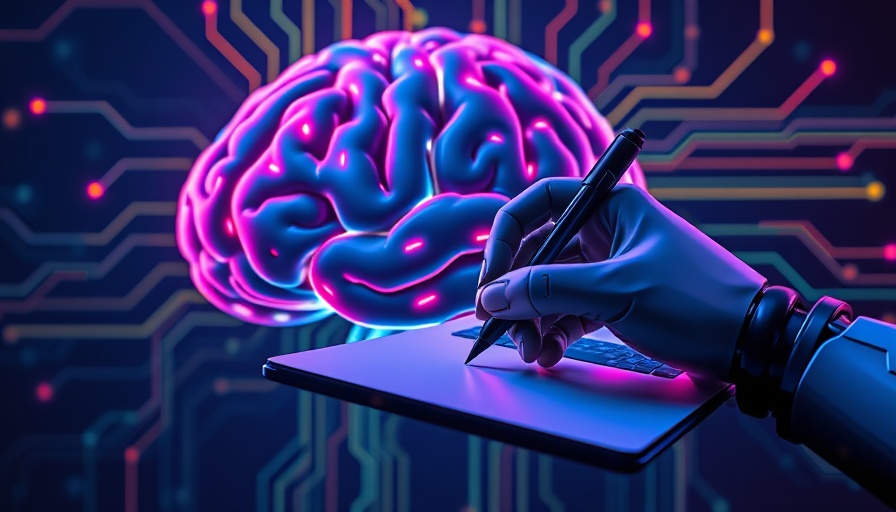
Revolutionizing AI Learning In San Diego: MIT's New Framework
At the forefront of technological advancements, researchers at MIT have developed an innovative framework known as Self-Adapting Language Models (SEAL). This framework is a game-changer for artificial intelligence, particularly large language models (LLMs). The essence of SEAL is its unique ability to enable these models to teach themselves, continuously adapting by generating their own training data and updating their internal parameters. This self-learning capability is particularly beneficial for applications in dynamic environments, such as those found in customer service or complex coding tasks.
Addressing the Challenges of AI Adaptation
Despite the remarkable progress made in AI technologies, adapting LLMs remains a considerable challenge. Traditional methods of updating these models often lead to inefficient learning, as they rely too much on fixed training data that may not be optimal. Jyo Pari, a PhD student at MIT, highlighted that enterprise use cases often require more than mere data recall; they demand a deeper understanding of specific tasks and user preferences, which SEAL aims to address.
How SEAL Works: A Closer Look
The SEAL framework operates using a dual-loop system. It employs a reinforcement learning (RL) algorithm to enable LLMs to generate "self-edits," which are natural-language instructions that guide the models on how to adjust their weights. In an inner loop, the model makes minor changes based on these self-edits, while an outer loop evaluates the improvements. Positive changes reinforce the model's ability to independently generate effective strategies for its learning process, effectively turning the model into its own teacher.
Implications for the Future of AI
This innovative approach not only enhances how AI systems learn but also paves the way for more personalized and context-aware models. For the residents of San Diego County, this means a future where AI systems can adapt to local businesses, healthcare needs, and community services—making technology more responsive and effective. The potential applications are vast and could fundamentally transform how we interact with AI in our daily lives.
 Add Row
Add Row  Add
Add 




Write A Comment